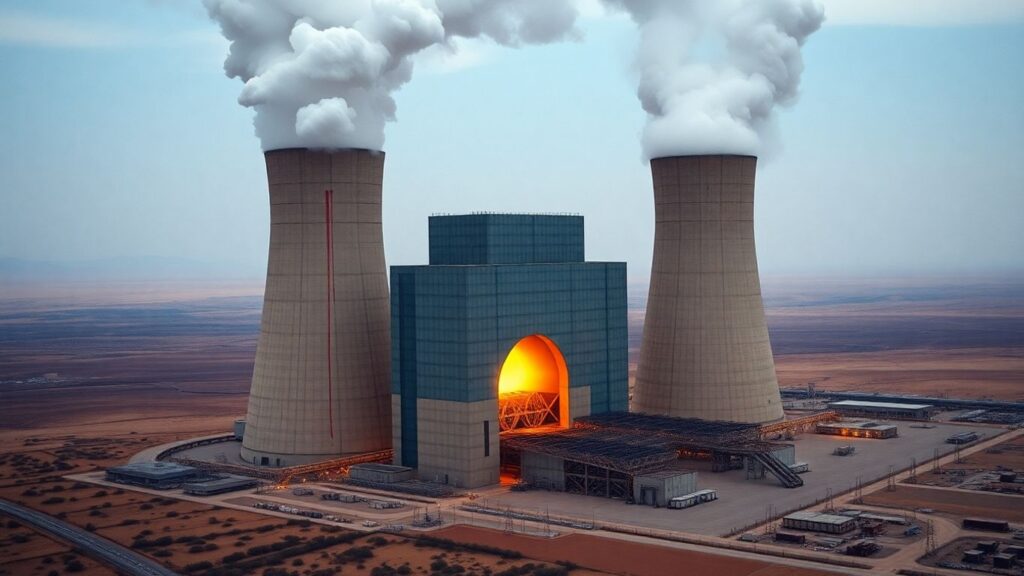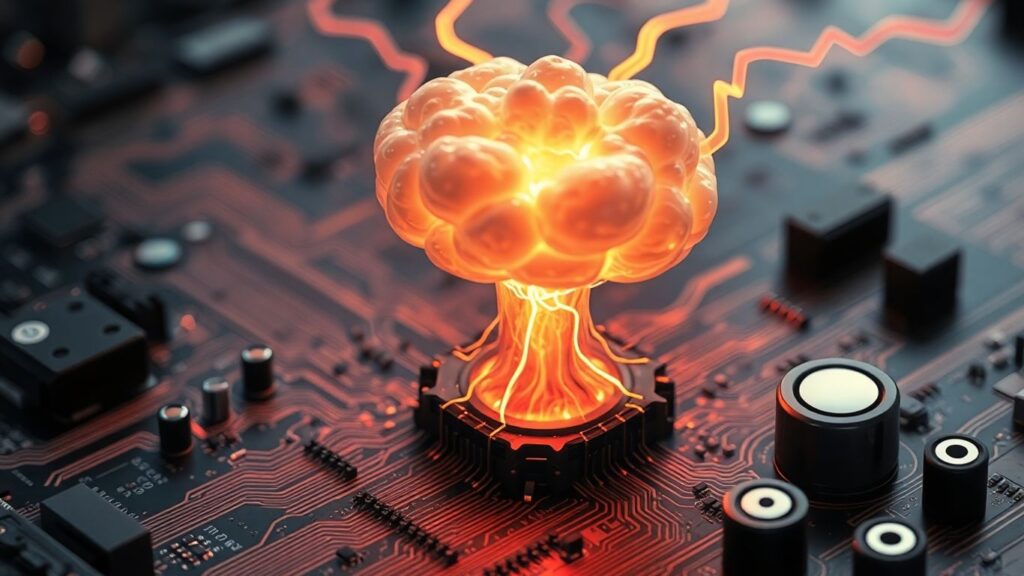The United States has announced ambitious new targets to significantly expand its nuclear energy capacity, aiming to triple it by 2050. This strategic move, revealed at the UN climate summit (COP29), is designed to bolster energy security, combat climate change, and drive economic growth. The plan involves adding substantial new capacity by 2035 and maintaining a rapid pace of deployment thereafter, leveraging existing infrastructure and innovative reactor designs.
Key Takeaways
- The U.S. aims to add 35 GW of new nuclear capacity by 2035 and sustain a pace of 15 GW annually by 2040.
- This initiative is part of a global effort to triple nuclear capacity by 2050.
- The strategy includes restarting retired reactors, extending the life of existing plants, and deploying new reactor technologies like small modular reactors (SMRs).
- Federal investments through the Bipartisan Infrastructure Law and Inflation Reduction Act are crucial to achieving these goals.
- Efforts are underway to secure a domestic nuclear fuel supply chain, reducing reliance on foreign sources like Russia.
The Drive for Clean Energy
Nuclear power is currently the largest source of clean electricity in the United States, preventing over 470 million metric tons of carbon dioxide emissions annually. To meet future energy demands and achieve net-zero emissions by 2050, the U.S. Department of Energy estimates a need for an additional 200 gigawatts (GW) of nuclear capacity. The newly established deployment targets are the first of their kind for the U.S. nuclear sector and outline over 30 government actions to support this expansion, in collaboration with industry and consumers.
Accelerating Nuclear Deployment
Achieving the target of tripling nuclear capacity will require building new reactors at a pace not seen since the 1970s. This will involve standardized designs, advanced manufacturing techniques, and lessons learned from past projects. The plan encompasses both large-scale reactors, such as the AP1000 units, and new small modular and microreactor designs, which can cater to diverse energy needs for both commercial and military applications. Establishing new infrastructure, supply chains, and fuel cycles will be essential, with utilities and customers working together to manage project risks.
Leveraging Existing and New Sites
Preliminary research indicates that many existing nuclear power plant sites could accommodate up to 60 GW of new capacity using large-scale reactors, with potential for 95 GW if SMRs are considered. Some sites were originally designed for additional units, potentially streamlining the licensing process. Furthermore, an additional 128 to 174 GW of capacity could be developed near former U.S. coal plant sites, particularly with SMRs, which require less upfront capital and can utilize existing infrastructure and local workforces. Legislation like the ADVANCE Act is also helping to streamline regulatory processes, building momentum for the sector.
Sources
- U.S. Sets Targets to Triple Nuclear Energy Capacity by 2050, Department of Energy (.gov).












